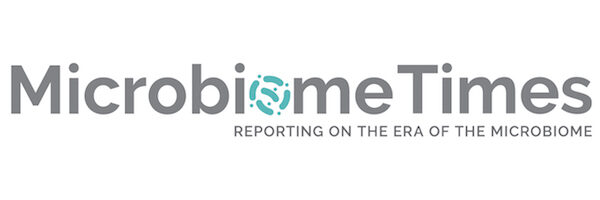
A new collaborative study published by a research team from the Wayne State University School of Medicine, the CReATe Fertility Centre and the University of Massachusetts Amherst provides the first in-depth look at the microbiome of human sperm utilizing RNA sequencing with sufficient sensitivity to identify contamination and pathogenic bacterial colonization.
“We show that non-targeted sequencing of human sperm RNA has the potential to provide a profile of micro-organisms (bacteria, viruses, archaea),”
said Stephen Krawetz, Ph.D., associate director of the C.S. Mott Center for Human Growth and Development at WSU and the Charlotte B. Failing Professor of Fetal Therapy and Diagnosis in the Department of Obstetrics and Gynecology, and the Center for Molecular Medicine and Genetics.
“This information was recovered from the data typically cast aside as part of routine nucleic acid sequencing. The enhanced sensitivity and specificity of the sequencing technology as compared to current approaches may prove useful as a diagnostic tool for microbial status as part of the routine assessment as we move toward personalized care.”
The study, “What human sperm RNA-Seq tells us about the microbiome” published in the Journal of Assisted Reproduction and Genetics, sought to determine if human sperm RNA sequencing data could provide a sensitive method of detection of micro-organisms, including bacteria, viruses and archaea compared to current methods of targeted culturing. The researchers collected 85 semen samples, isolated the sperm RNA and subjected it to RNA sequencing.
Grace Swanson, Ph.D., a postdoctoral fellow working with Dr. Krawetz, discovered a sample with an abnormally high level of microbial sequences. After taking a closer look, the sample was found to contain a considerable amount of Streptococcus agalactiae bacteria. A leading cause of neonatal infection during pregnancy and post-delivery linked to significant mortality rates in premature births, this bacteria can also be life-threatening in adults, particularly the elderly.
The current method for testing the male reproductive tract microbiome relies on culturing samples. This, the study reported, can be limiting because the majority of pathogens cannot be cultured. The costs of RNA sequencing have dropped dramatically and continue to decrease, providing a more complete picture of the human biome.
“Given the recent increase and severity of Streptococcus (agalactiae) infection, as well as others in adults, neonates and newborns, non-targeted human sperm RNA sequencing data may, in addition to providing fertility status, prove useful as a diagnostic for microbial status,” Dr. Krawetz said.

